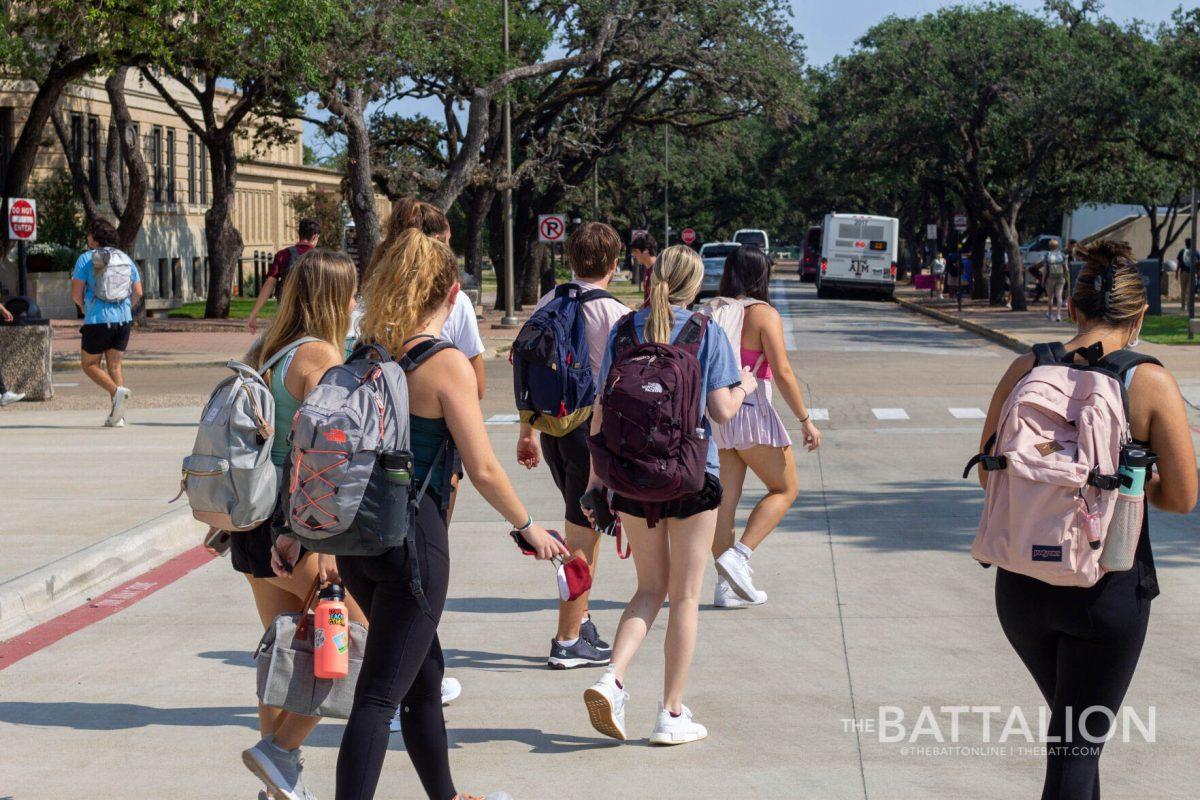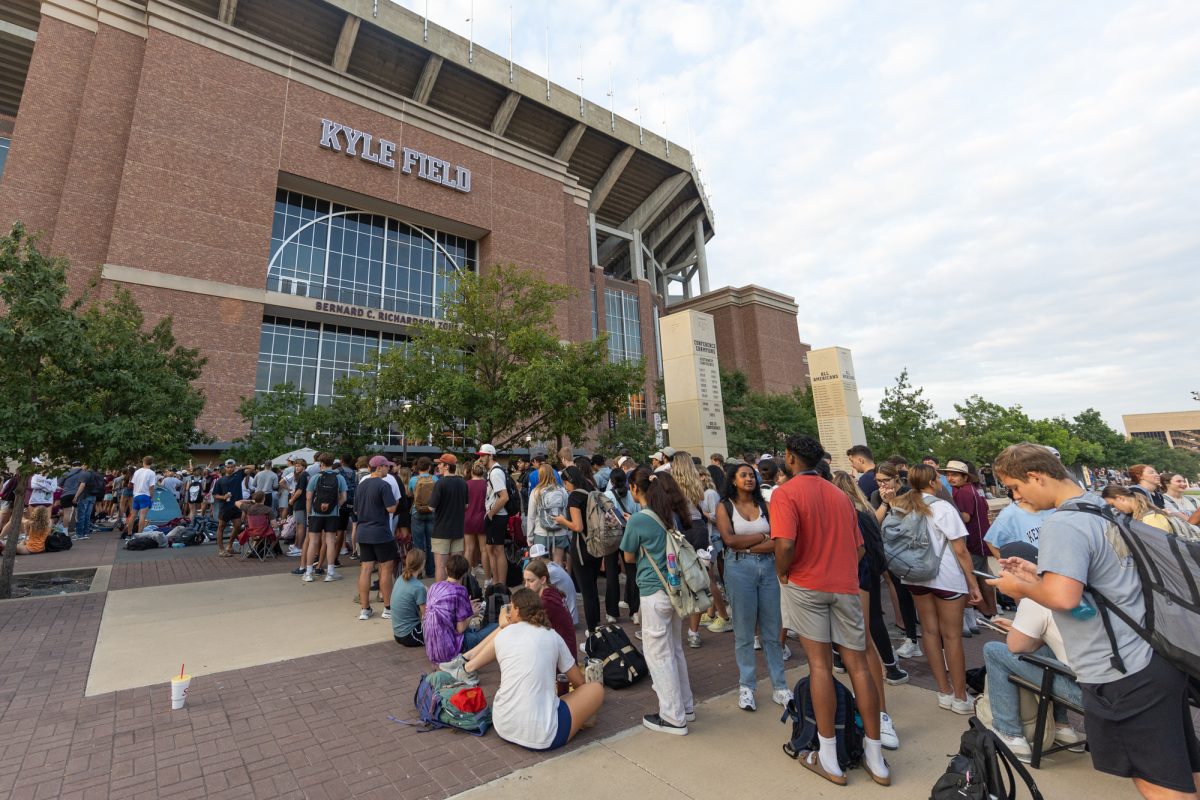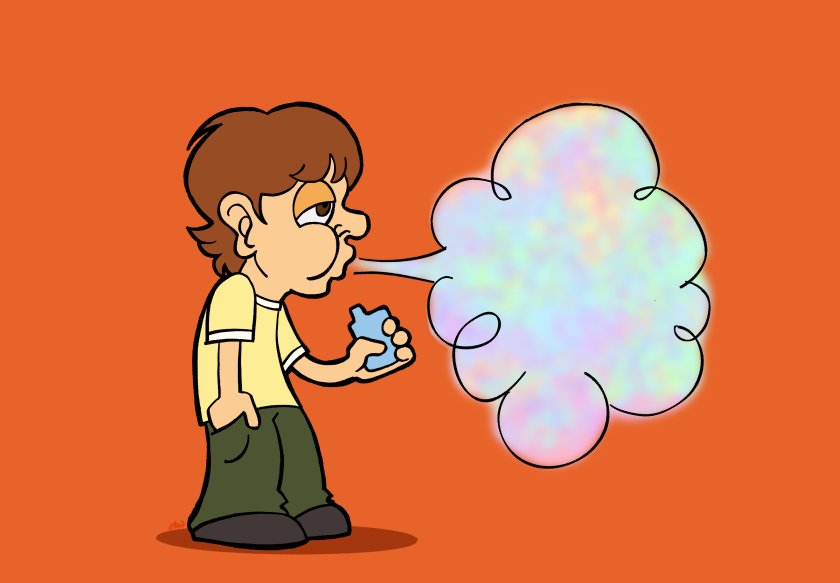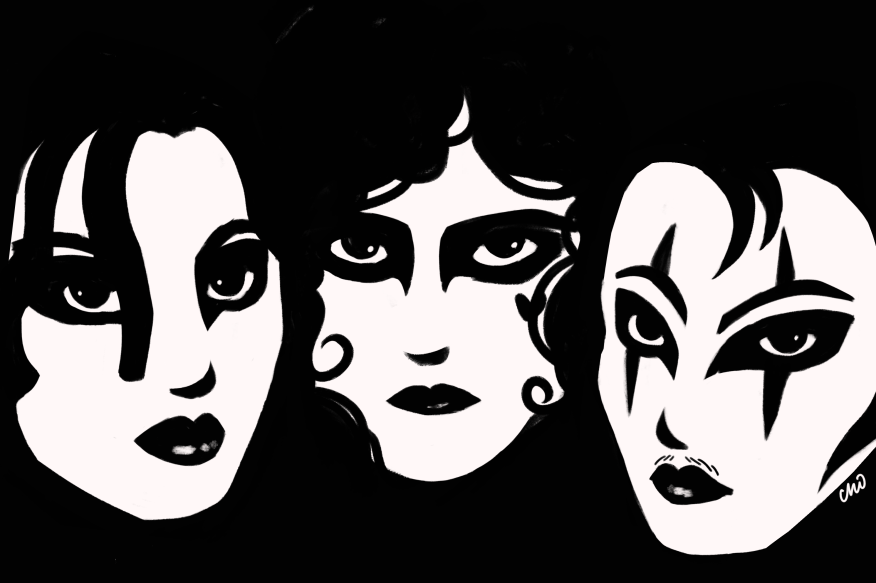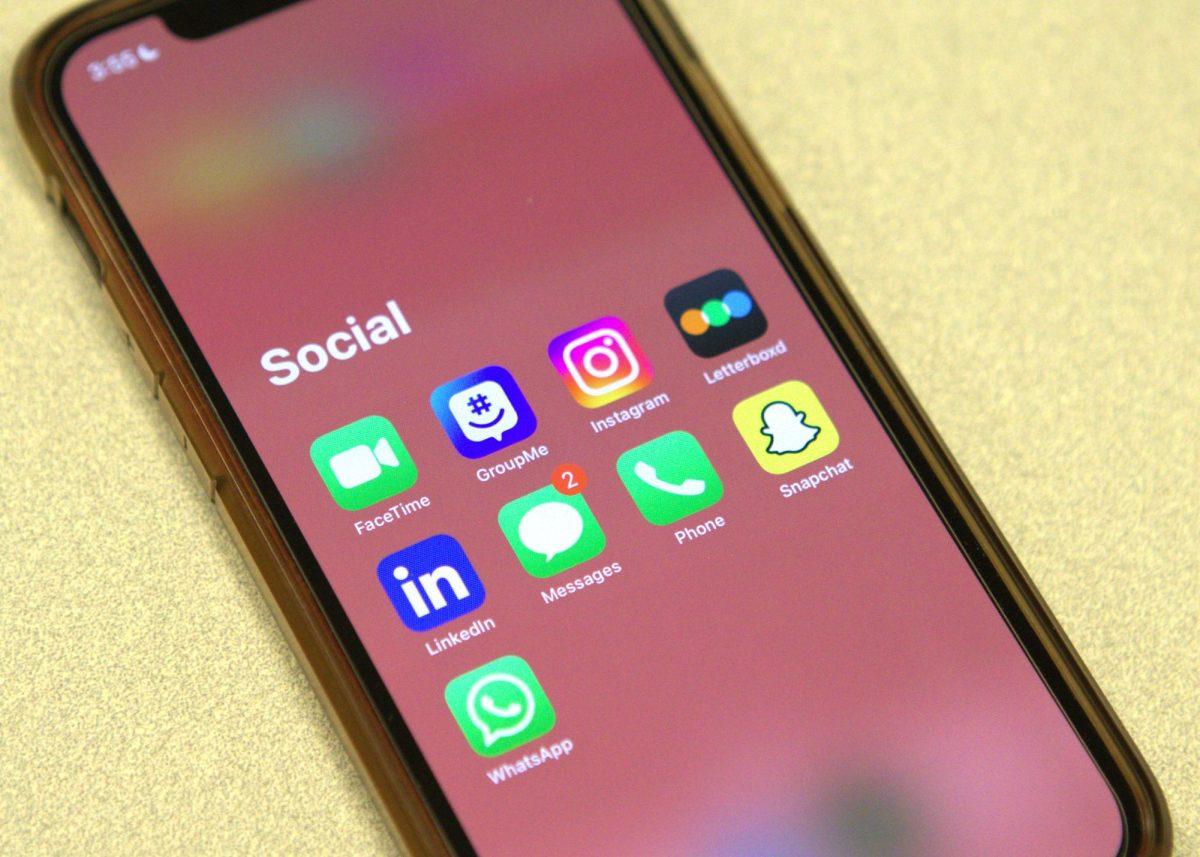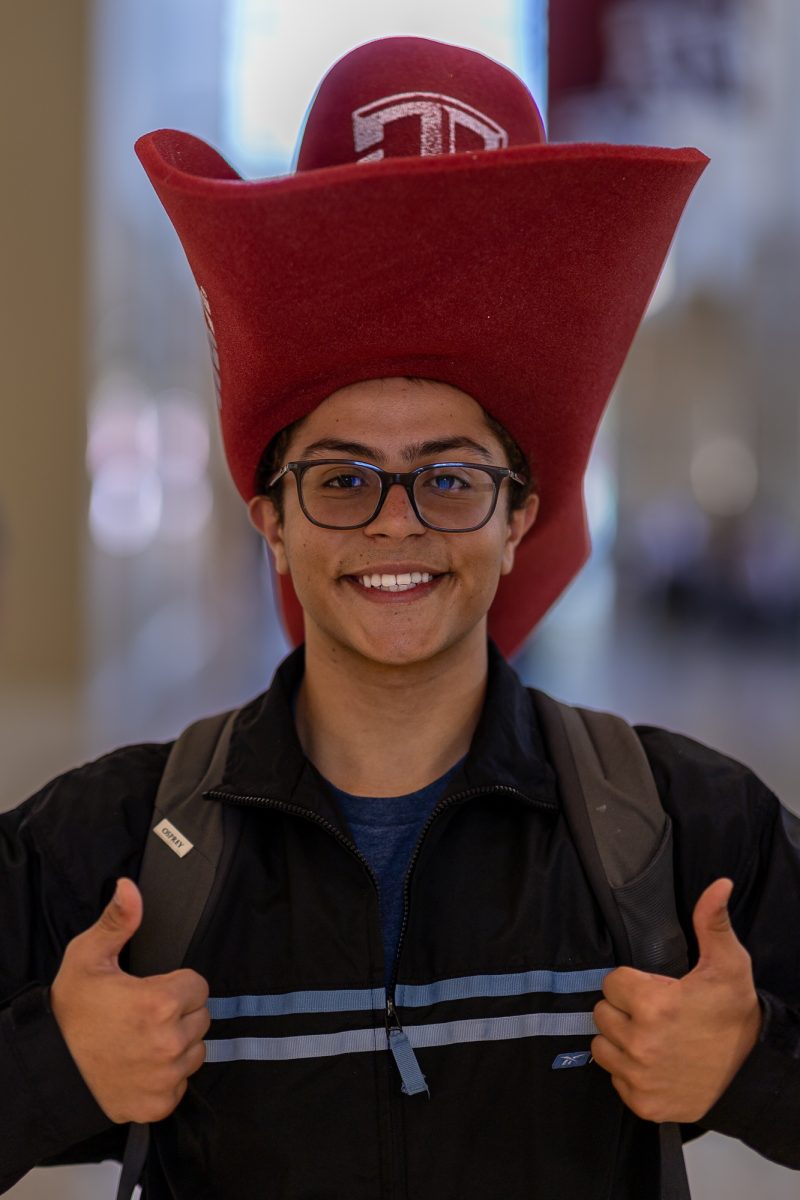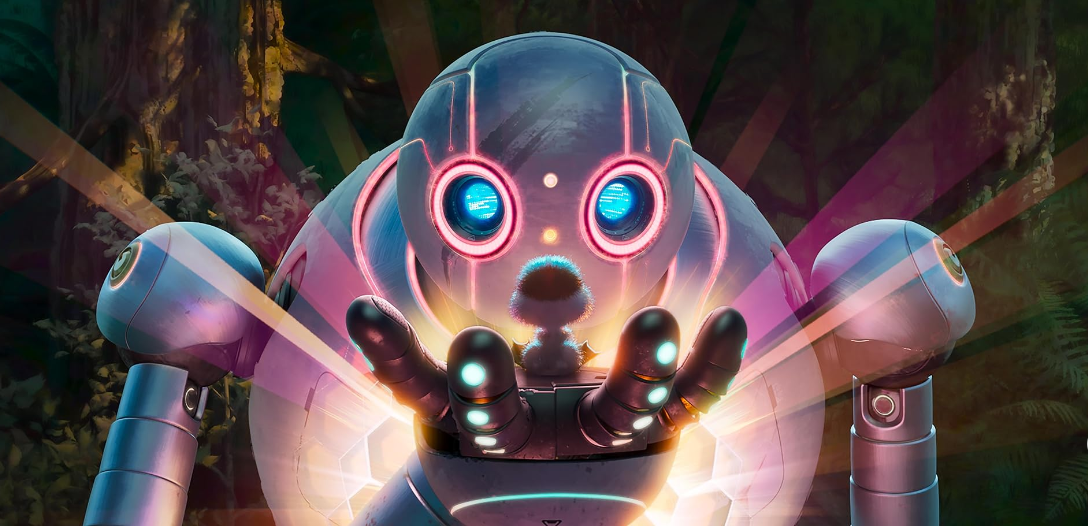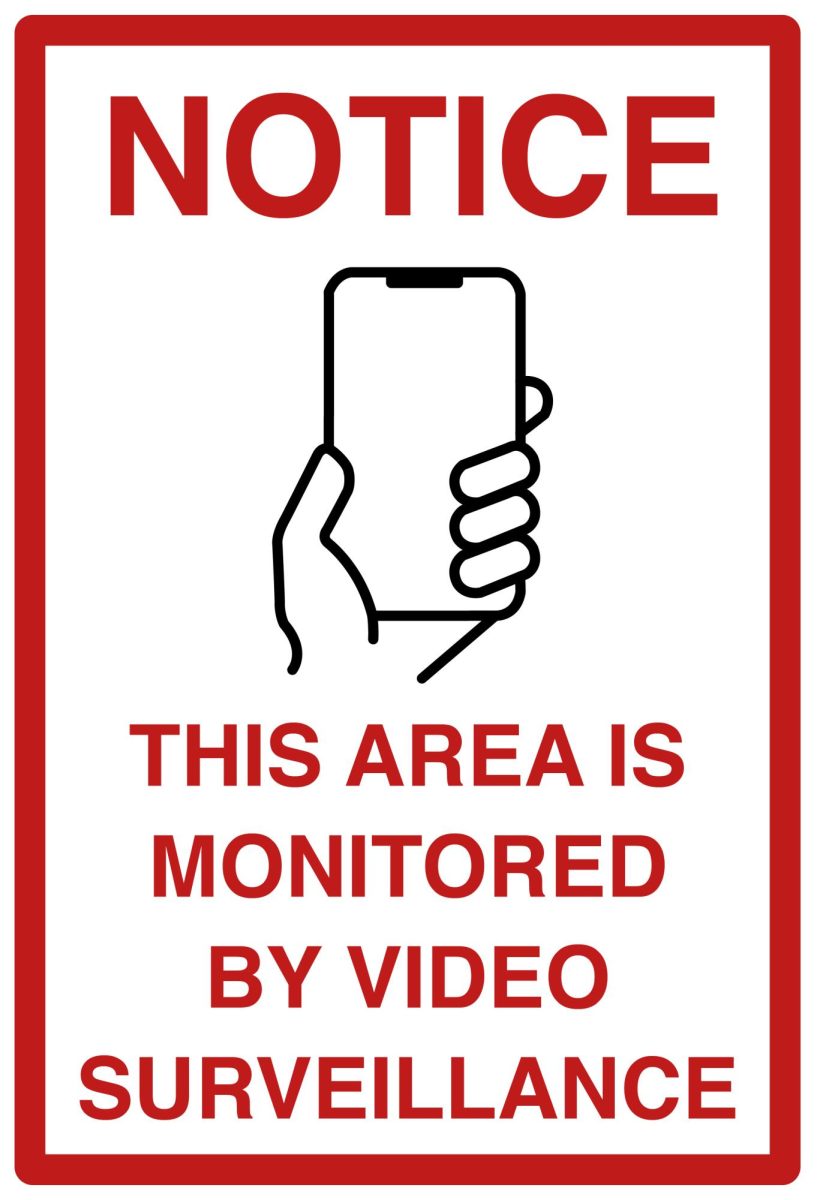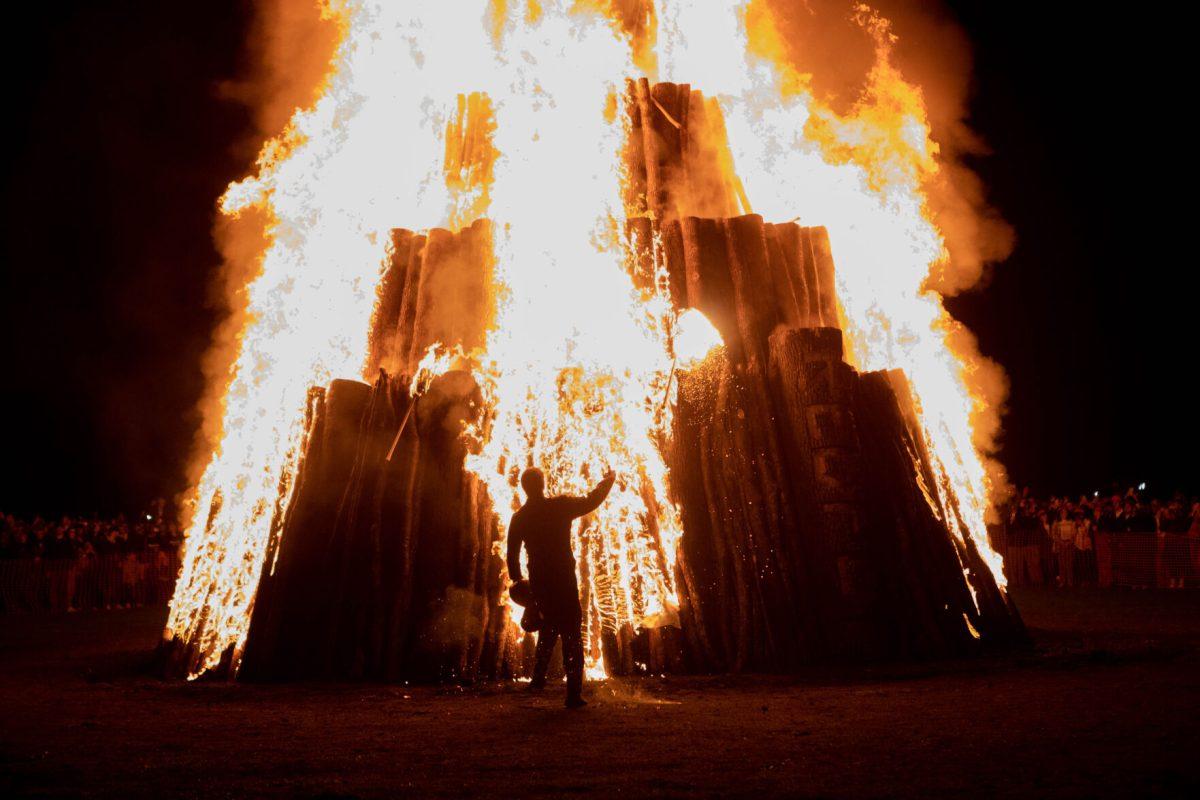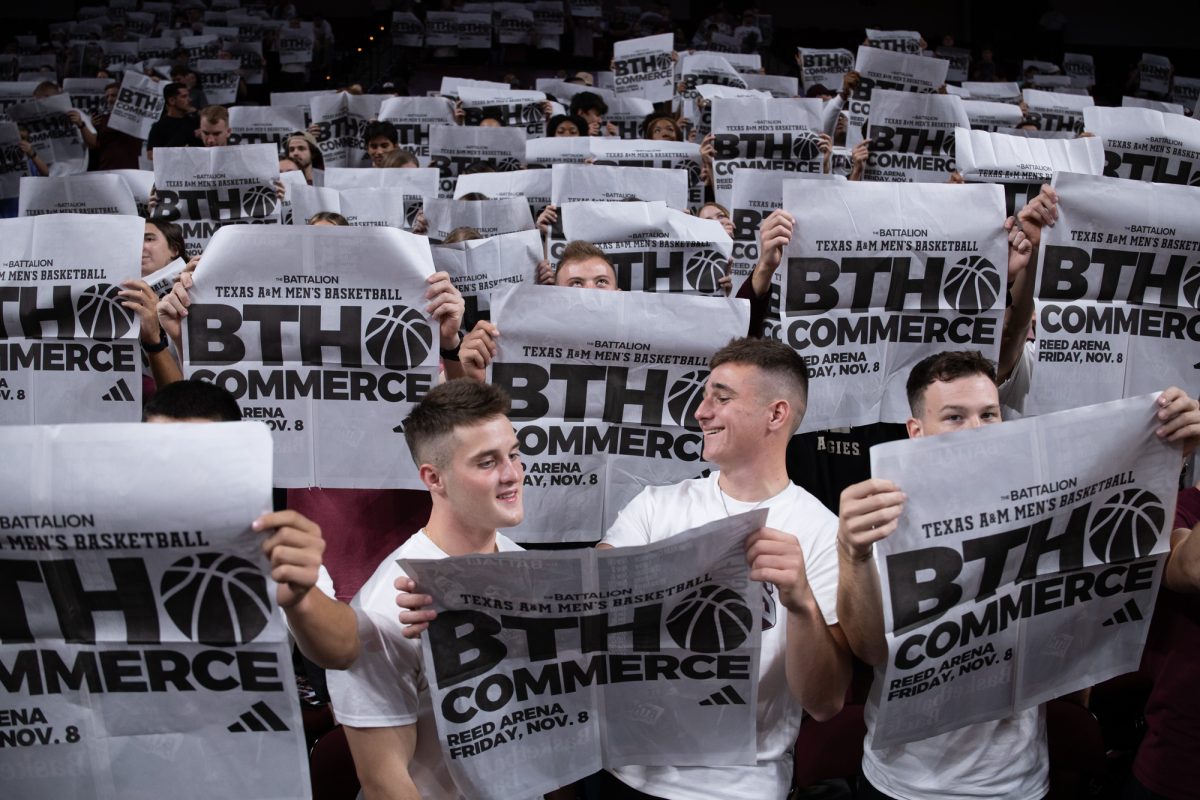On the first day of classes this fall semester, we found ourselves holding our breaths.
This was either the beginning of the end or the first of many in-person days of class. With the conflicting attitudes toward online learning, the devastation of COVID-19 this past year and the introduction of more accommodating online options, this polarization left myself and hundreds of other students scrambling to pick up the reins of in-person classes again with the added pressure of the pandemic being far from over.
From the perspective of someone who struggles a lot with anxiety, the beginning of this semester was anything but easy. Walking into class to find only a precious few students wearing masks, despite the university “strongly encouraging” mask use, was disheartening. To add even more to that, very little changed even after the Executive Committee of the Faculty Senate encouraged the addition of a required section addressing COVID-19 mitigation to every syllabus this semester.
“To help protect Aggieland and stop the spread of COVID-19, Texas A&M University urges students to be vaccinated and to wear masks in classrooms and all other academic facilities on campus, including labs,” the Executive Committee’s required section reads. “Doing so exemplifies the Aggie Core Values of Respect, Leadership, Integrity, and Selfless Service by putting community concerns above individual preferences. COVID-19 vaccines and masking — regardless of vaccination status — have been shown to be safe and effective at reducing spread to others, infection, hospitalization and death.”
Yet, only a minority of students are keeping masks in use, even after the recent tragic death of one of our fellow students. Although the Food & Drug Association has approved the Pfizer vaccine, which if not for Gov. Greg Abbot’s executive order would allow it to be a requirement for admittance to the university, we are doing nothing. We try to go on as if nothing really happened — seen in the tightly-packed classrooms, noisy nights at Northgate and casual drink-sharing between friends. It’s this denial that invokes anxiety in the first place. In order to grow from this experience, we must first acknowledge the pandemic did happen, that masks and vaccines are effective forms of protection and that the only way to keep a lockdown from happening again is by actively preventing it.
Despite these grievances, I do confess our situation is getting better. It’s estimated that 48 percent of Texans and 53.4 percent of all Americans are fully vaccinated. If we keep this up, soon enough we’ll achieve herd immunity and we won’t need to worry about items as trivial as masks anymore.
It’s tough to keep this up. It’s been more than a year of 6-foot boundaries and cloth-covered smiles, but they are a necessary evil. They are annoying, but they genuinely do help prevent the spread of COVID-19.
If you’re still not convinced, let’s shift perspectives a little bit. Imagine the future — flying cars and robots are encouraged, but not required, for this exercise. Imagine a world post-pandemic where we’ve hung up our masks, framed our vaccination cards and deleted Zoom from our laptops for good. What do you want to say to those who will ask us what it was like to live through this? That when things got hard again, we gave up and lost more people in our own selfishness, or that we stuck it out and got through it together?
I have no doubt we, as a generation, have grown from this. We’re the generation desensitized by 9/11, that grew up on the Internet before adults knew about its dangers and lived in constant and ever-growing fear of school-shootings. We’re strong, but stronger together. We can no longer let a small piece of cloth and a couple shots rob us of our future.
Anxiety is high, but the stakes are higher. It’s time for us to realize the only way out of this mess is through it.



